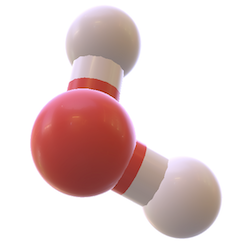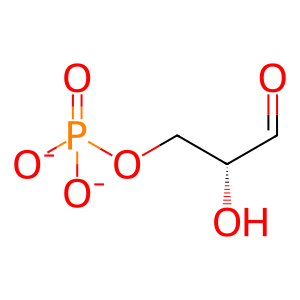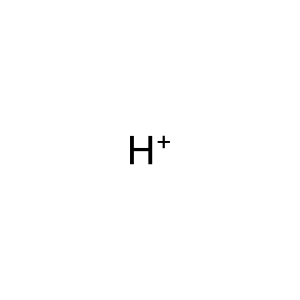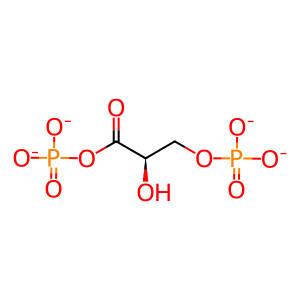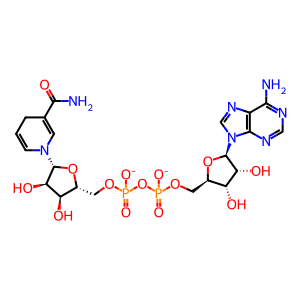Reaction: D-glyceraldehyde 3-phosphate + orthophosphate + NAD+ <=> 1,3-bisphospho-D-glycerate + NADH + H+
- in pathway: Glycolysis
Cytosolic glyceraldehyde 3-phosphate dehydrogenase catalyzes the reversible reaction of glyceraldehyde 3-phosphate, orthophosphate, and NAD+ to form NADH + H+ and 1,3-bisphosphoglycerate, the first energy rich intermediate of glycolysis. The biochemical details of this reaction were worked out by C and G Cori and their colleagues (Taylor et al. 1948; Cori et al. 1948).
While there are multiple human glyceraldehyde 3-phosphate dehydrogenase-like pseudogenes, there is only one glyceraldehyde 3-phosphate dehydrogenase gene expressed in somatic tissue (Benham and Povey 1989; Heinz and Freimuller 1982; Ercolani et al. 1988), and studies of aged human erythrocytes suggest that variant forms of the enzyme arise as a result of post-translational modifications (Edwards et al. 1976). There is, however, an authentic second isoform of glyceraldehyde 3-phosphate dehydrogenase whose expression is confined to spermatogenic cells of the testis (Welch et al. 2000).
Reaction - small molecule participants:
H+ [cytosol]
1,3BPG [cytosol]
NADH [cytosol]
Pi [cytosol]
GA3P [cytosol]
NAD+ [cytosol]
Reactome.org reaction link: R-HSA-70449
======
Reaction input - small molecules:
hydrogenphosphate
D-glyceraldehyde 3-phosphate(2-)
NAD(1-)
Reaction output - small molecules:
hydron
3-phosphonato-D-glyceroyl phosphate(4-)
NADH(2-)
Reactome.org link: R-HSA-70449
